No products in the cart.
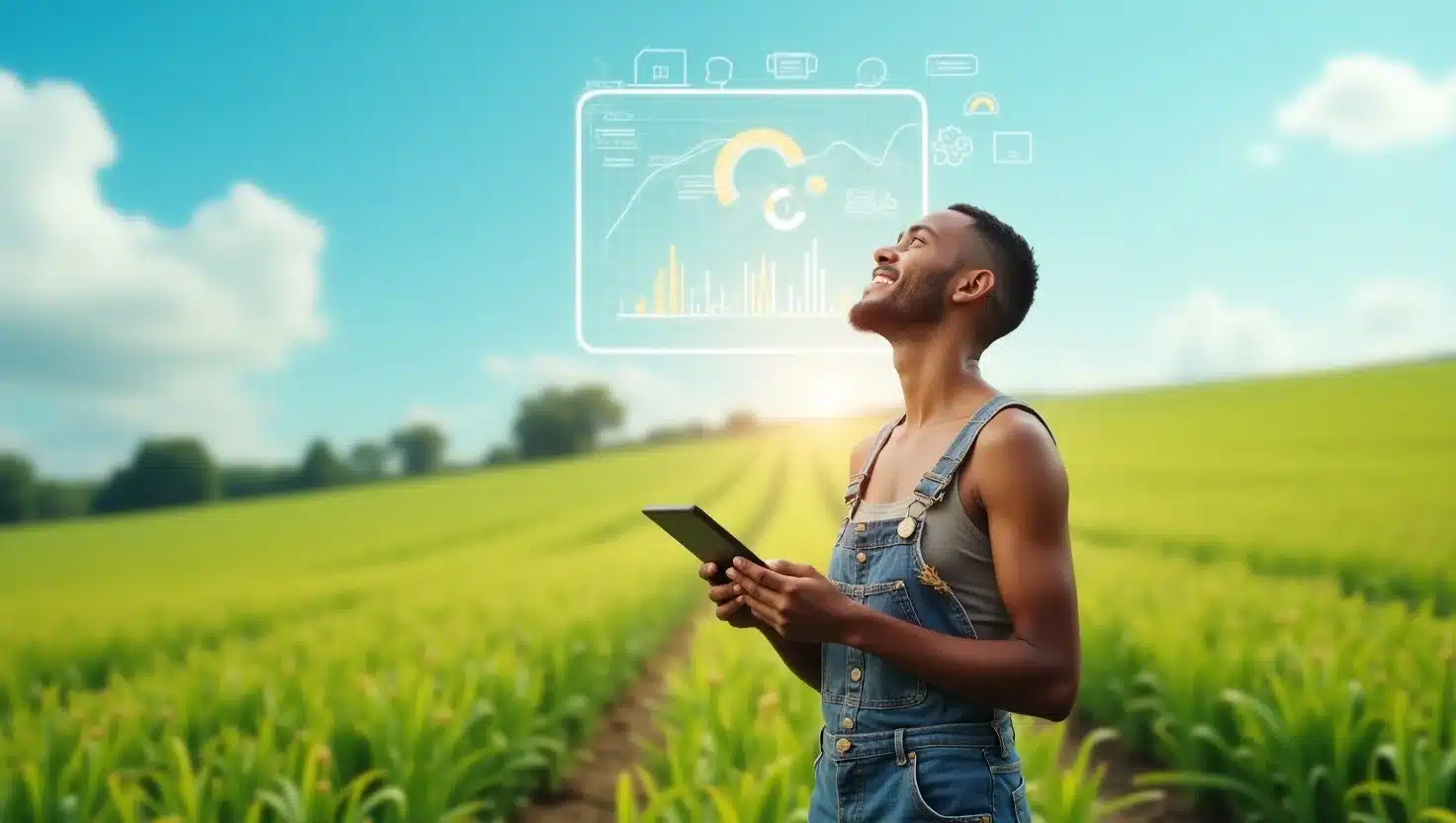
1. Introduction:
Agricultural markets are notoriously unpredictable. One season, a bumper crop might flood the market and crash prices; the next, a drought might skyrocket them. For farmers, this price volatility can mean the difference between profit and loss, even survival or bankruptcy. Traditional market forecasting methods, based largely on historical trends and static data, often fall short in today’s fast-moving, climate-affected economy.
But what if farmers could anticipate price swings with near-real-time precision? That’s where AI-driven market forecasting enters the picture. Using machine learning and predictive analytics, AI can process vast datasets, weather reports, market trends, crop yields, and global trade patterns, to generate more accurate commodity price predictions.
In a world where a single bad pricing decision can ruin a harvest’s value, understanding how can AI predict market prices for farmers is more than just useful, it’s essential. This article breaks down how these systems work, which tools are making a real difference, and why even small-
2. What Causes Price Fluctuations in Agriculture?
Agricultural markets are shaped by a complex web of factors, and even the most experienced farmers often struggle to anticipate price changes. A sudden weather event, global trade disputes, or shifts in consumer demand can cause crop prices to swing wildly within weeks. For instance, a spike in oil prices can increase the cost of transportation, which in turn affects produce pricing. Similarly, a trade ban in one country can oversaturate another’s market, driving prices down.
In many regions, supply chain inefficiencies and lack of market access further complicate price stability. These challenges are especially harsh for small and medium-sized farms that lack the resources to buffer against losses. Traditional pricing models often rely on outdated data and assumptions that can’t keep up with real-world changes, making them less reliable than ever before.
This is why farmers increasingly turn to AI for price prediction, not to replace traditional wisdom, but to enhance it with dynamic, real-time insights. By understanding the root causes of volatility, AI models can incorporate more variables and forecast shifts in commodity pricing with greater accuracy than manual systems.
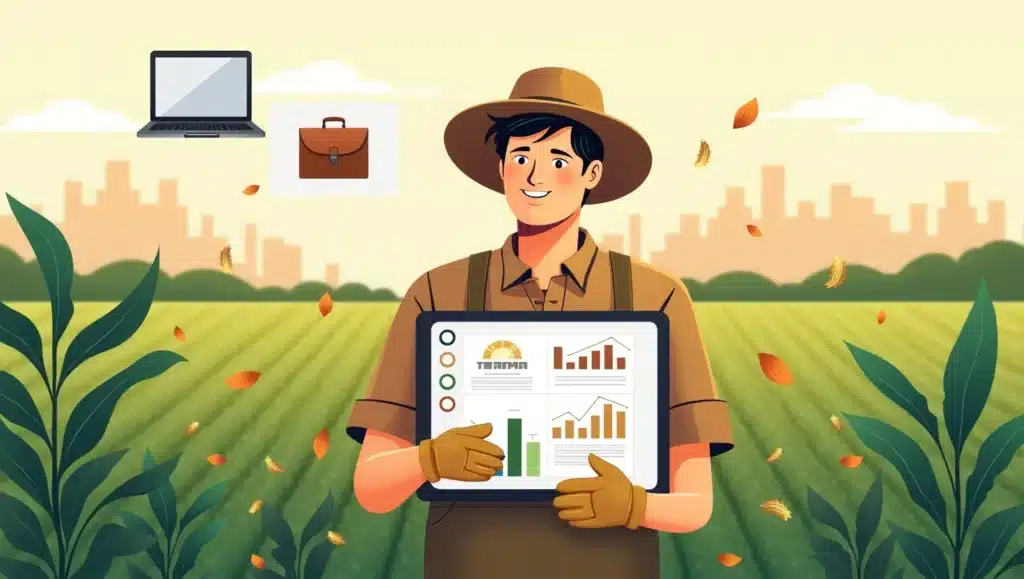
3. How AI Predicts Market Prices: A Technical Breakdown
At the heart of AI price prediction lies machine learning, a form of artificial intelligence that trains models using historical and real-time data to recognize patterns and make future predictions. In agriculture, this data often includes commodity price histories, weather conditions, global supply chains, crop yields, soil health, and market demand cycles.
AI doesn’t rely on static data, it adapts as new information becomes available. These systems use predictive analytics to process thousands of data points from diverse sources, like satellite imagery, local climate trends, international trade flows, and government policy changes. Tools like IBM’s Watson Decision Platform or EasyODM’s grain price predictor are examples that utilize deep learning to output real-time, actionable insights.
Crucially, AI models also reduce human bias and can detect signals that may be overlooked by traditional forecasting methods. While no system guarantees 100% accuracy, AI enhances decision-making by providing timely, data-backed market forecasts that help farmers choose when to sell or store their crops.
4. Top Tools and Platforms Helping Farmers Today
With the rise of agtech innovations, several AI platforms are helping farmers predict market prices with increasing accuracy and accessibility. Here are some standout solutions:
- EasyODM: Specializes in real-time grain price prediction using AI models that combine weather patterns, historical market data, and logistics.
- IBM Watson Decision Platform for Agriculture: Offers farmers tailored insights based on AI-powered modeling of crop performance and market behavior.
- Taranis and CropIn: Use drone and satellite imagery to combine yield estimation with potential pricing forecasts.
- aWhere: Delivers geo-specific weather and market predictions, ideal for mid-to-large-scale farms.
Each platform has its strengths: some focus on grain pricing, others on smart decision-making for diversified farms. Choosing the right tool depends on crop type, location, budget, and data availability. Many now offer freemium models or trials to encourage smaller farms to try AI without committing upfront.
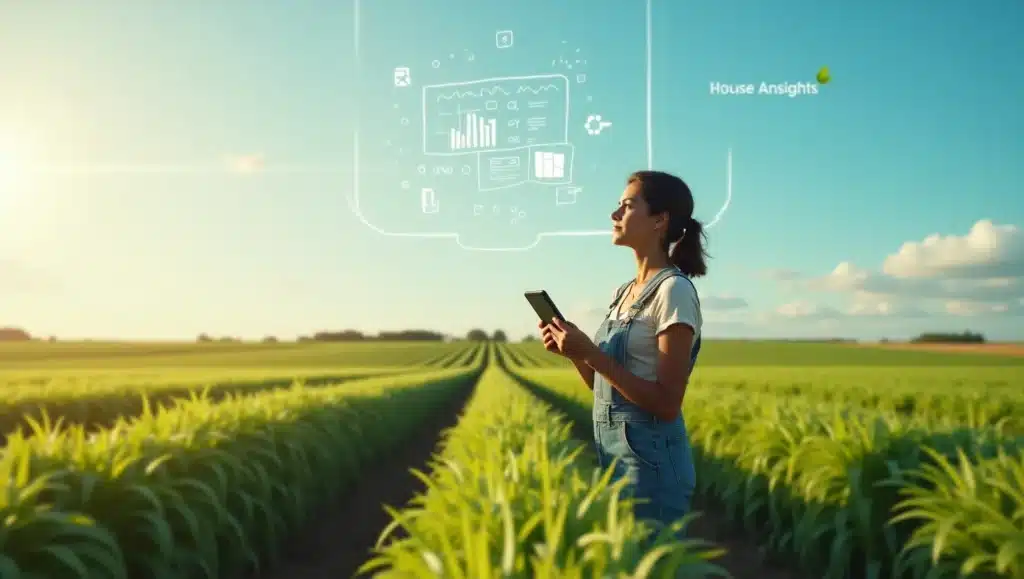
5. Real-World Case Studies: AI in Action
Case studies reveal how AI-driven price prediction is making real-world impact. For instance, in Kansas, a corn farmer used an AI forecasting app to decide whether to store or sell his crop during harvest. By following the model’s market outlook, he waited two weeks and secured a 12% higher price than projected, an outcome that wouldn’t have been obvious using traditional methods.
In another case, a cooperative in Iowa leveraged IBM Watson to monitor pricing, weather, and crop health across several counties. This not only optimized selling times but also improved budgeting for storage and transport logistics.
Even smallholder farms are benefiting. In parts of India and Africa, lightweight apps with built-in AI tools offer localized price forecasts, enabling rural farmers to avoid market losses by timing their sales more strategically.
These examples show how AI can go beyond theory. When combined with farmer intuition, it becomes a tool that reduces guesswork and improves profitability, especially when commodity markets are volatile.
6. Limitations and Ethical Concerns
While the promise of AI is exciting, it’s important to recognize its limitations. First, not all farmers have access to reliable internet or the devices needed to use AI-powered tools. Small-scale farmers in developing regions may be left behind due to digital inequality.
Second, AI models depend on data, and if that data is biased, incomplete, or outdated, predictions can be misleading. Farmers may unknowingly base critical decisions on flawed insights. There’s also concern about the “black-box” nature of AI: users often don’t understand how the algorithm reaches its conclusions, leading to trust issues.
Moreover, as corporations control many AI platforms, data privacy and ownership become a concern. Who owns the farm data once it’s uploaded? Can it be monetized without the farmer’s consent?
Regulatory and ethical frameworks are still catching up, and without them, some AI tools may unintentionally exacerbate inequality instead of solving it. These issues highlight the need for transparency, education, and fair access as AI becomes more integrated into agriculture.
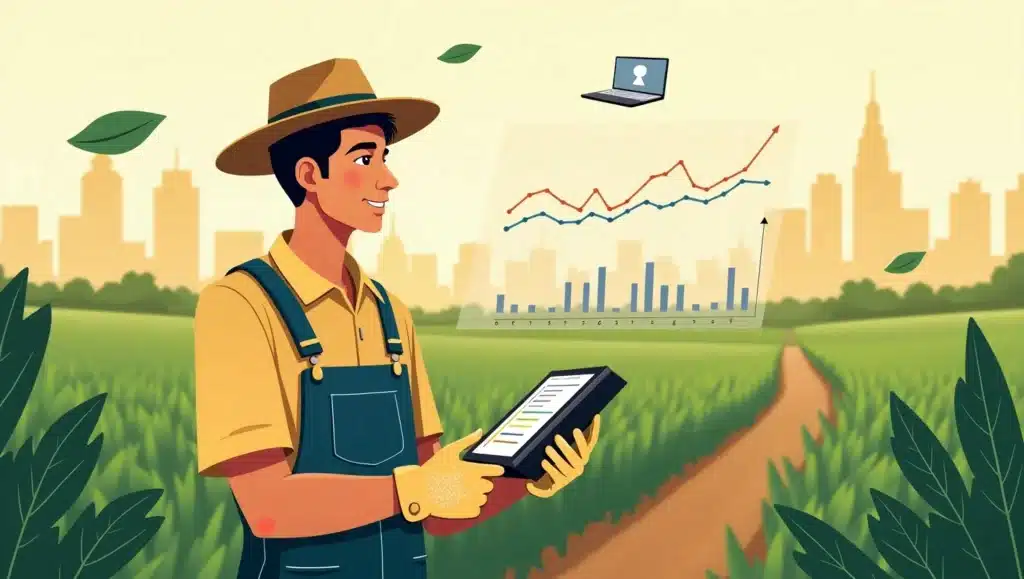
7. Conclusion & Call to Action
AI isn’t magic, but it’s the closest thing modern farmers have to a smart crystal ball. With the ability to process real-time data, adjust to shifting markets, and provide actionable insights, AI-driven price prediction tools offer an unprecedented opportunity to take control of agricultural income, especially in volatile times.
From advanced platforms like EasyODM and IBM Watson to beginner-friendly mobile apps, there’s a tool for every level of farming. However, it’s crucial to combine these insights with local knowledge and ethical awareness.
If you’re a farmer, agri-investor, or policy maker, now is the time to explore AI’s potential to make smarter selling decisions, improve crop profitability, and navigate market risks.
👉 Start here: [A Beginner’s Guide to Using AI Tools on U.S. Farms]
👉 Download our list of the top 10 free and paid AI price forecasting tools (PDF)
FAQs:
Q1. Can AI accurately predict crop prices for farmers?
Yes, AI can predict crop prices with improved accuracy by analyzing real-time data such as weather patterns, market trends, and global trade. While not perfect, it often outperforms traditional models.
Q2. What are the best AI tools for predicting agricultural prices?
Top tools include IBM Watson Decision Platform, EasyODM, and aWhere. These platforms offer AI-powered insights tailored to specific regions and crops.
Q3. Is AI-based price forecasting suitable for small-scale farmers?
Absolutely. Many platforms offer mobile-friendly, low-cost versions of their software. AI helps small farmers make informed selling decisions and reduce market risk.
Q4. How does AI handle sudden market changes like trade bans or droughts?
AI uses adaptive learning and real-time data feeds to adjust predictions quickly when new events like climate shocks or policy changes occur.
5. Are there any free AI tools available for farm price prediction?
Yes, some platforms like EasyODM offer free trials or demo versions, allowing farmers to test price prediction features before purchasing.
Related Articles
Crop Management
AI-Powered Crop Spraying Drones: Precision Agriculture in Action
1. Introduction: Farming has always been a race against time, pests, and...
Crop Management
Top AI Farming Startups in the U.S. to Watch in 2025
1. Introduction: Farming in the United States is undergoing a seismic shift,...
Crop Management
Top 5 Ways U.S. Farmers Are Using AI Drones to Boost Yields in 2025
1. Introduction: In 2025, the American agricultural landscape is undergoing a transformation...
Crop Management
Why More American Farmers Are Adopting AI in 2025
1. Introduction: In 2025, the American agricultural landscape is undergoing a rapid...
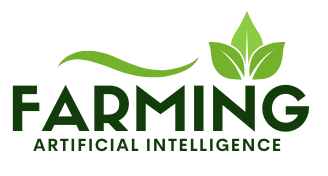





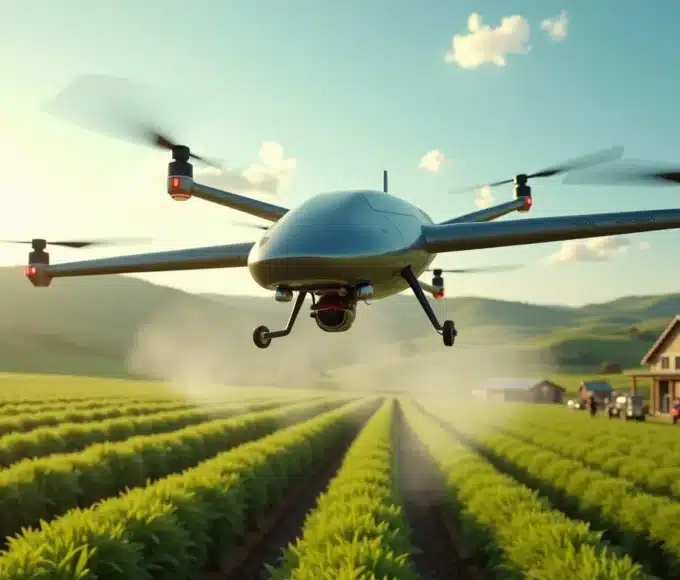
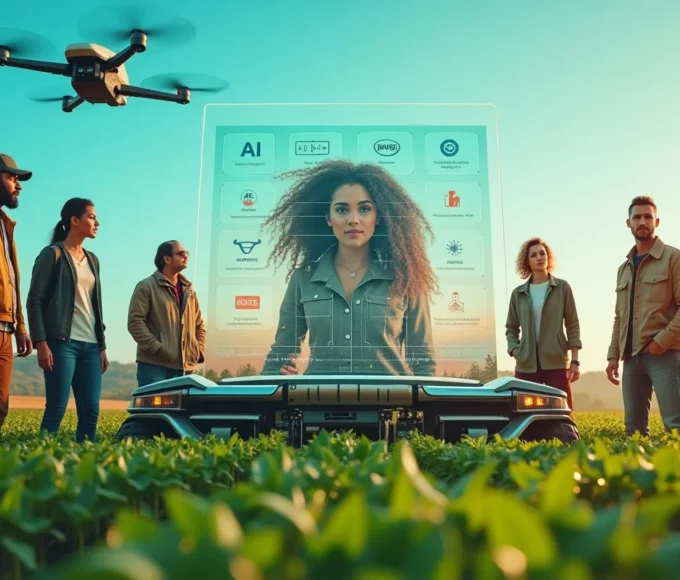
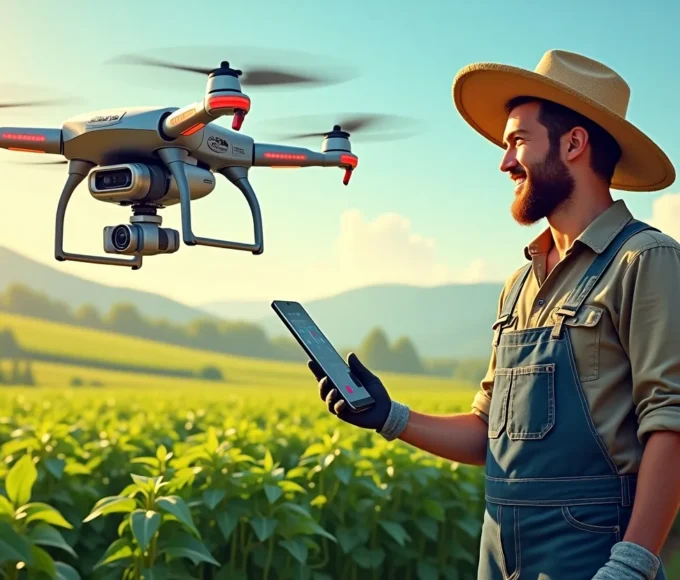
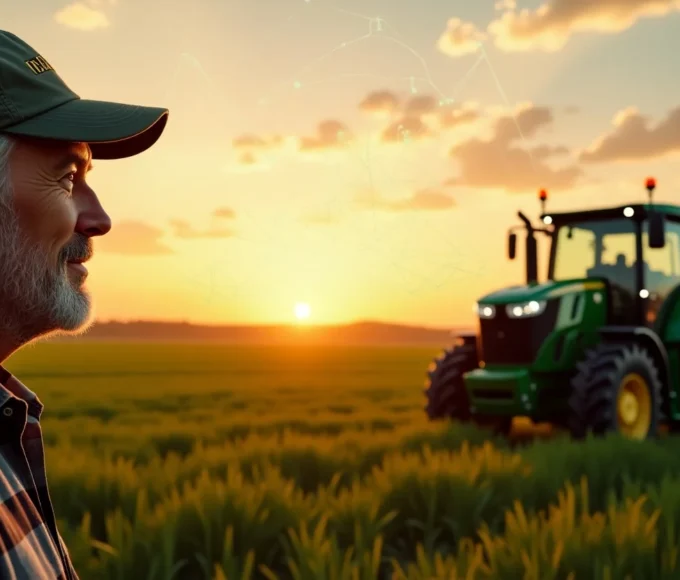
Leave a comment